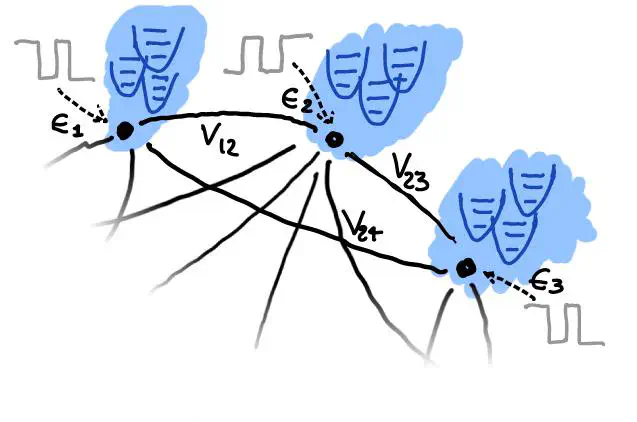
Abstract
We report the results of an in-depth study of the role of graph topology on quantum transport efficiency in random removal and Watts-Strogatz networks. By using four different environmental models—noiseless, driven by classical random telegraph noise (RTN), thermal quantum bath, and bath + RTN—we compare the role of the environment and of the change in network topology in determining the quantum transport efficiency. We find that small and specific changes in network topology is more effective in causing large change in efficiency compared to that achievable by environmental manipulations for both network classes. Furthermore, we have found that noise dependence of transport efficiency in Watts-Strogatz networks can be categorized into six classes. In general, our results highlight the interplay that network topology and environment models play in quantum transport, and pave the way for transport studies for networks of increasing size and complexity—when going beyond so far often used few-site transport systems.